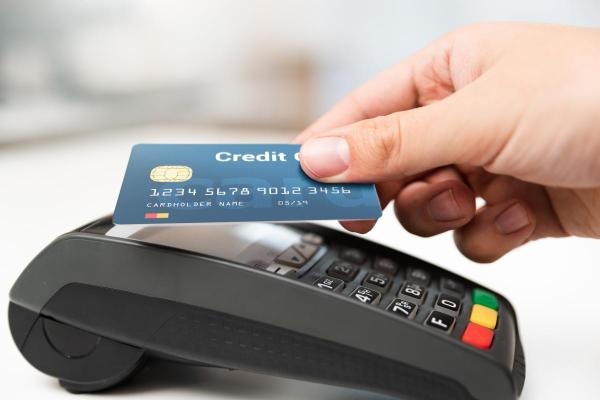What Are Revolving Credit Cards?


Banks have launched various types of credit account to meet the specific monetary needs of the individual or business. Different customers have different financial profiles and not all forms of credit will apply. Credit cards involve paying up front for good and services using the money of a bank. This money is then paid back and a prearranged interest, an interest which can vary greatly according to the bank and the individual. Debit cards function by paying using money that is already in a bank account, meaning it belongs to the bearer. A recent third option is the revolving credit card.
oneHOWTO asks what are revolving credit cards? These are cards used for a credit according which has a deferred payment option known as revolving credit. If you are thinking of getting a revolving credit card, it is essential you know how they work so you don't get into financial difficulties.
What are revolving credit cards?
Revolving cards are a type of credit card that allows for deferred payment as part of their payment method. It is this deferment option which is known as revolving credit. They allow full repayment of the credit spent through monthly installments of the amount chosen by the cardholder, with associated interest.
In this way, revolving cards refer to all credit cards that allow payments to be made in installments. This applies regardless of whether they also allow switching to other payment methods.

How do revolving credit cards work?
Revolving credit cards work by providing a credit limit with a specific amount. This is then repaid as the customer makes the monthly installments chosen by the bank. These installments include the interest rate specified in the contract.
This is how revolving cards work step by step:
- The available credit limit is set to match what you initially entered.
- The credit limit is consumed as you make charges (cash withdrawals, purchases, interest settlements, expenses, transfers and others).
- The credit limit is replenished with installments, i.e., payments for regular bills or possible purchase returns, for example.
The amount of each monthly installment has no maximum limit. This means you can choose a monthly installment plan that involves paying the entire amount drawn down for that month at the end of the month, but paying the interest from the moment you make credit withdrawals until they are fully paid.
If you're interested in making purchases and having the option to pay for them over time in monthly installments of your choice, revolving credit cards can be very useful. They allow for payment flexibility that other options don't offer.
If you want to file a claim against revolving credit cards for excessive interest rates, the first thing you should do is review the signed contract and statements to identify any potentially usurious interest rates or unfair terms. Then, file a formal complaint with your bank.
If you don't receive a satisfactory response, you have the option of taking legal action. In this case, we recommend hiring the services of a lawyer specializing in the matter. Remember that you can claim unfair interest rates associated with revolving credit cards even after canceling them, as long as you prove that the interest rates or terms were unfair.

What are the differences between revolving credit cards and normal credit cards?
What differentiates revolving cards from traditional credit cards is that the outstanding balance doesn't have to be paid in full each month. Revolving credit cardholders have the option of paying a minimum monthly amount and paying the remainder the following month with interest.
This is a process that repeats itself month after month. The outstanding balance revolves month to month, hence the name. This allows cardholders to continue spending until they reach the agreed-upon credit limit, while still paying a minimum monthly payment.
Before choosing and signing up for a revolving credit card, it's essential that you thoroughly research and understand all the terms and conditions of this deferred payment card. This way, you'll be confident in accepting a credit card payment method without putting your finances at risk.
In this sense, it's important that you use revolving cards with the utmost common sense and responsibility. At oneHOWTO, we offer the following tips to help you optimize their use and avoid risky situations:
- Avoid choosing very small installments to shorten your debt term.
- Learn about and use your card's different payment methods.
- Settle the debt immediately.
- Use this card for one-off purchases, it shouldn't be your regular payment method.
- Keep track of all your expenses.
- Calculate the exact due date for your revolving card's last monthly payment.
Now that you know what revolving credit cards are and how to use them, you may want to learn more about alternate banking solutions. You can do so with our article asking what is Revolut and how does it work?
If you want to read similar articles to What Are Revolving Credit Cards?, we recommend you visit our Personal Finance category.






